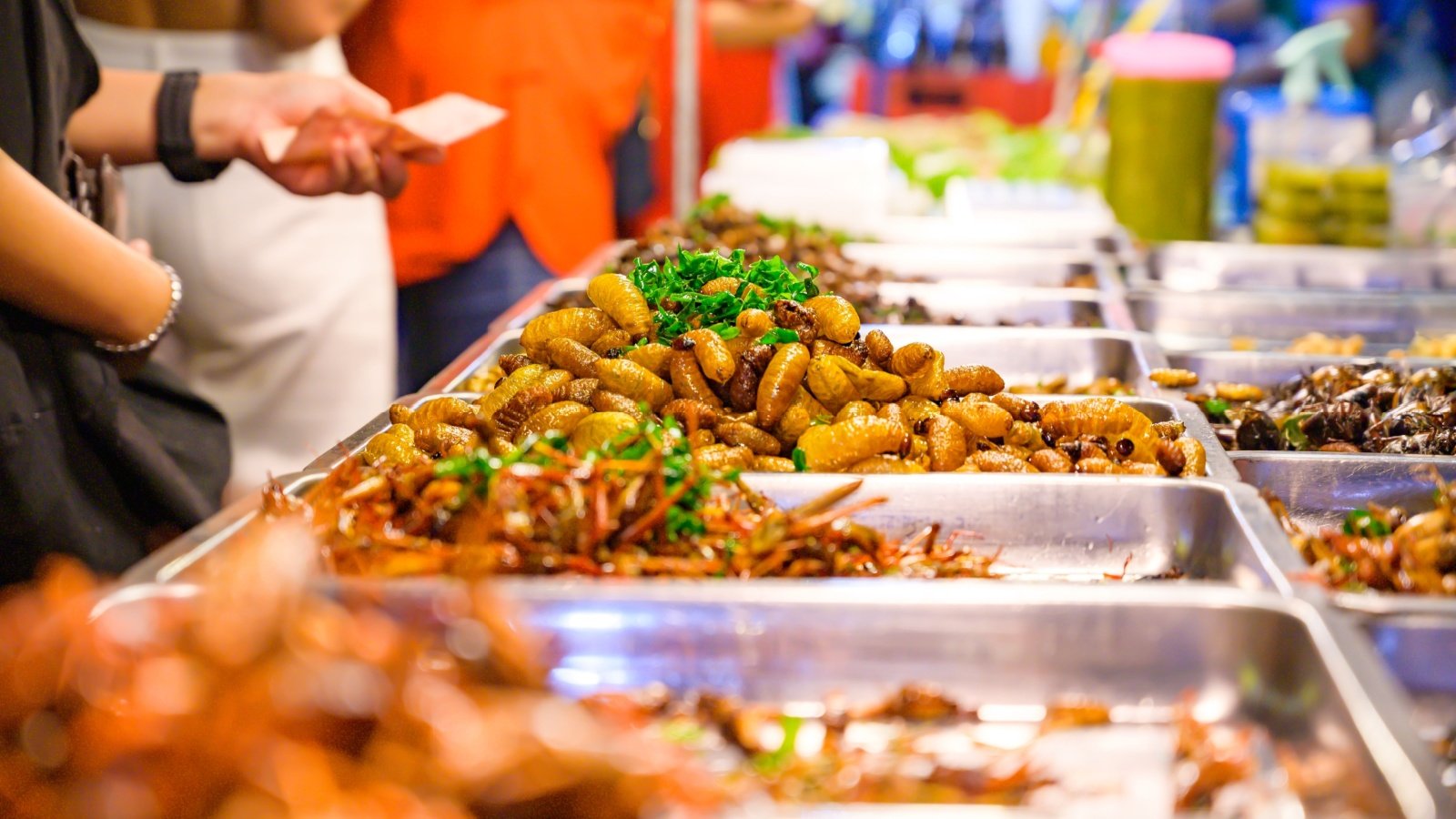Entomophagy, or the practice of eating insects, is embraced in many cultures around the world as a sustainable and nutritious food source. From the spicy chapulines of Mexico to the protein-rich mopane worms of Southern Africa, insects are more than just a dietary staple—they are a culinary heritage.
Here, we review the world of edible insects, showcasing how different cultures incorporate these edible creatures into their diets.
During this exploration, we’ll uncover not only the diverse flavors and traditions of these countries but also the potential of insects in addressing global food security challenges.
Chapulines in Mexico
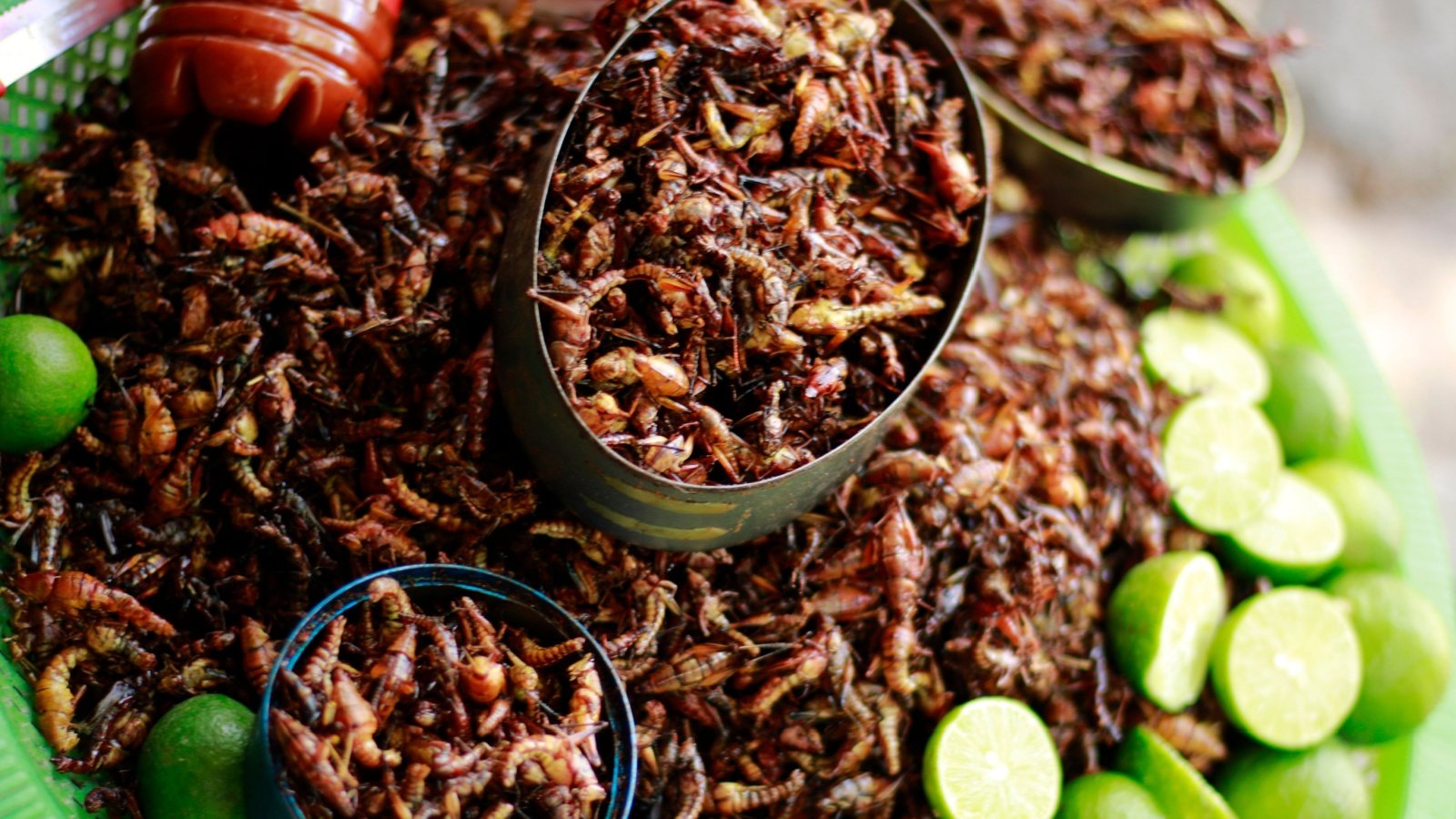
Chapulines, or grasshoppers, are a popular snack throughout Mexico, especially in Oaxaca. These insects are typically toasted on a comal (flat griddle) and seasoned with lime juice and chili peppers. Rich in protein, they are often served as a tasty topping on tacos or eaten straight as a crunchy treat.
Mopane Worms in Southern Africa
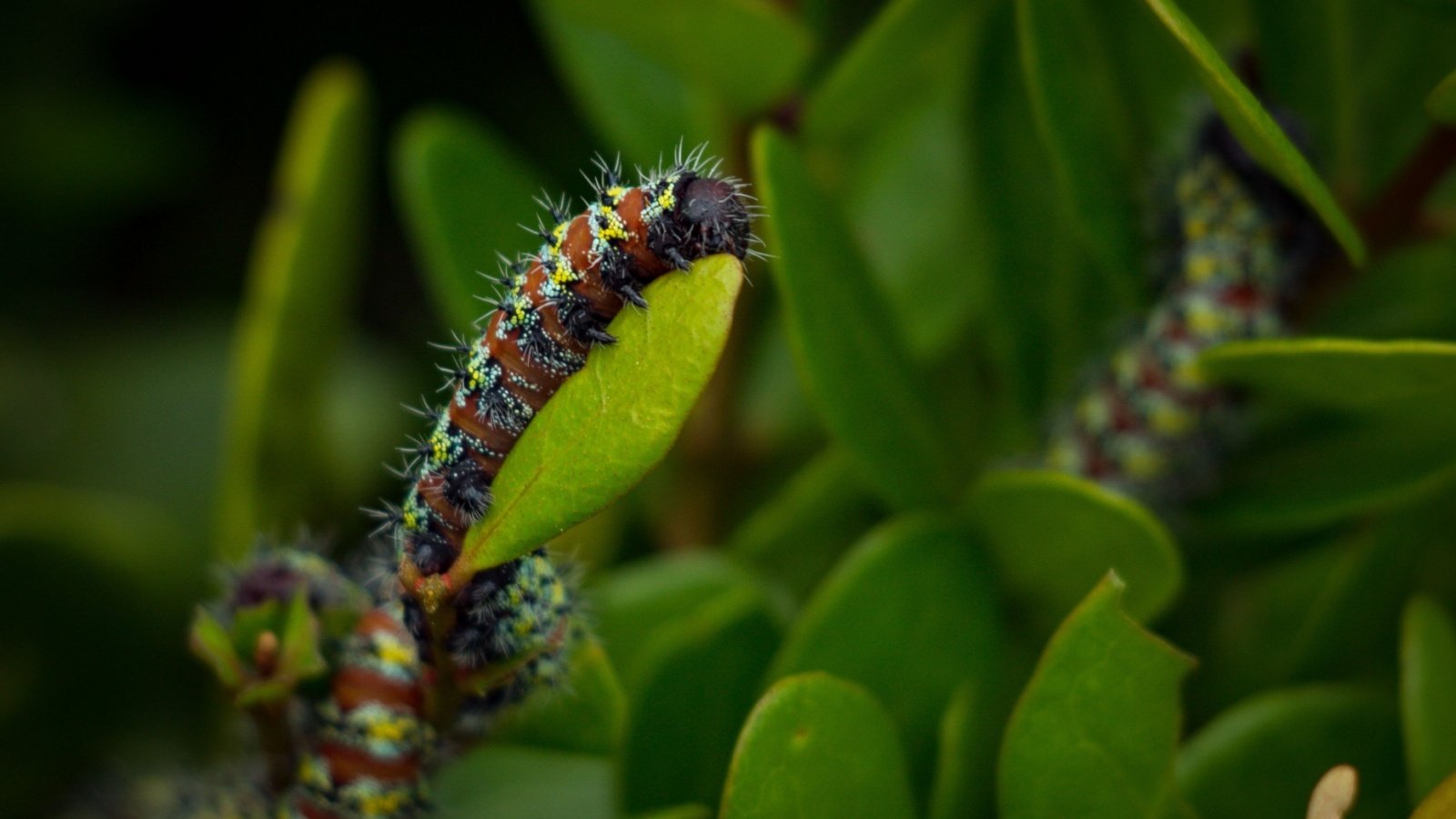
Mopane worms are actually caterpillars of the Emperor Moth, harvested mainly in Zimbabwe and Botswana. These caterpillars are an important source of protein and are usually dried and eaten as a crispy snack or rehydrated and cooked in a spicy sauce. Their harvest is so valued that it significantly boosts the local economy during gathering season.
Red Ants in Thailand
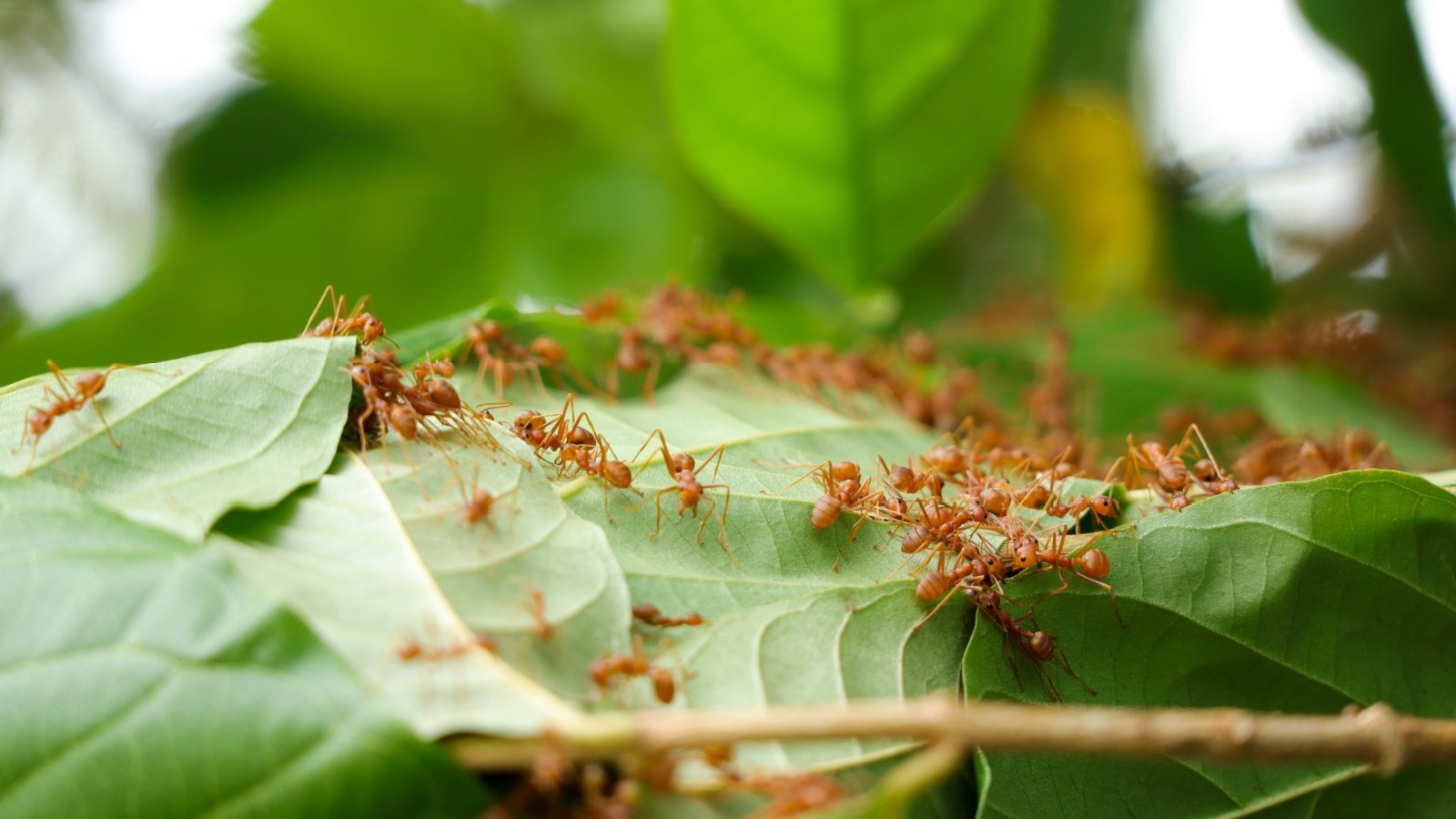
In Thailand, red ants and their eggs are collected to make a variety of dishes, including salads and omelets. The ants provide a sharp, sour taste and are believed to have medicinal properties. This delicacy is particularly favored during the Thai summer months.
Silk Worms in Korea
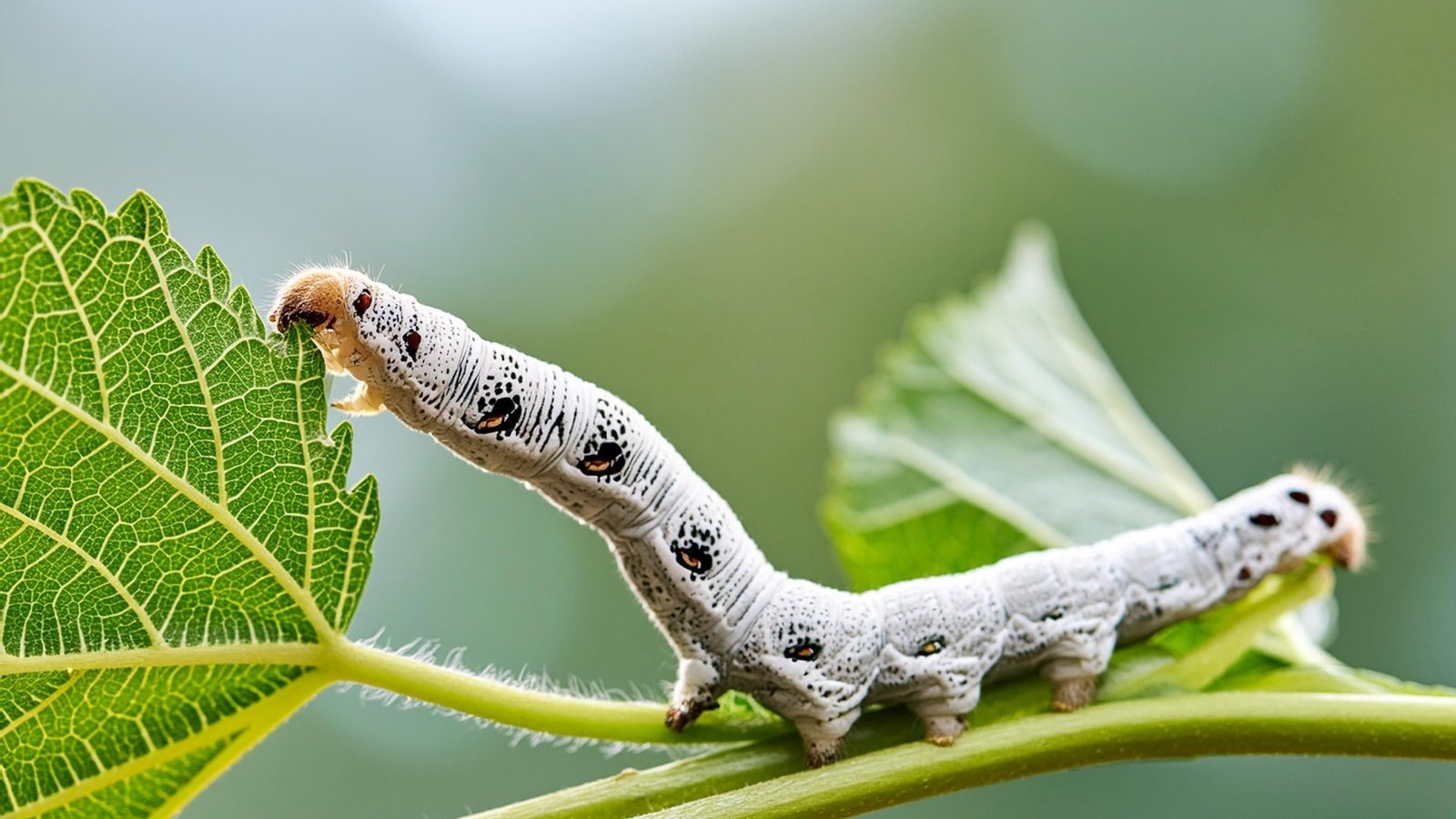
In Korea, silk worms, known as beondegi, are a common street food. These worms are steamed or boiled and then seasoned, offering a pungent, somewhat nutty flavor. Beondegi can be found in cans in local grocery stores or freshly prepared by street vendors.
Witchetty Grubs in Australia
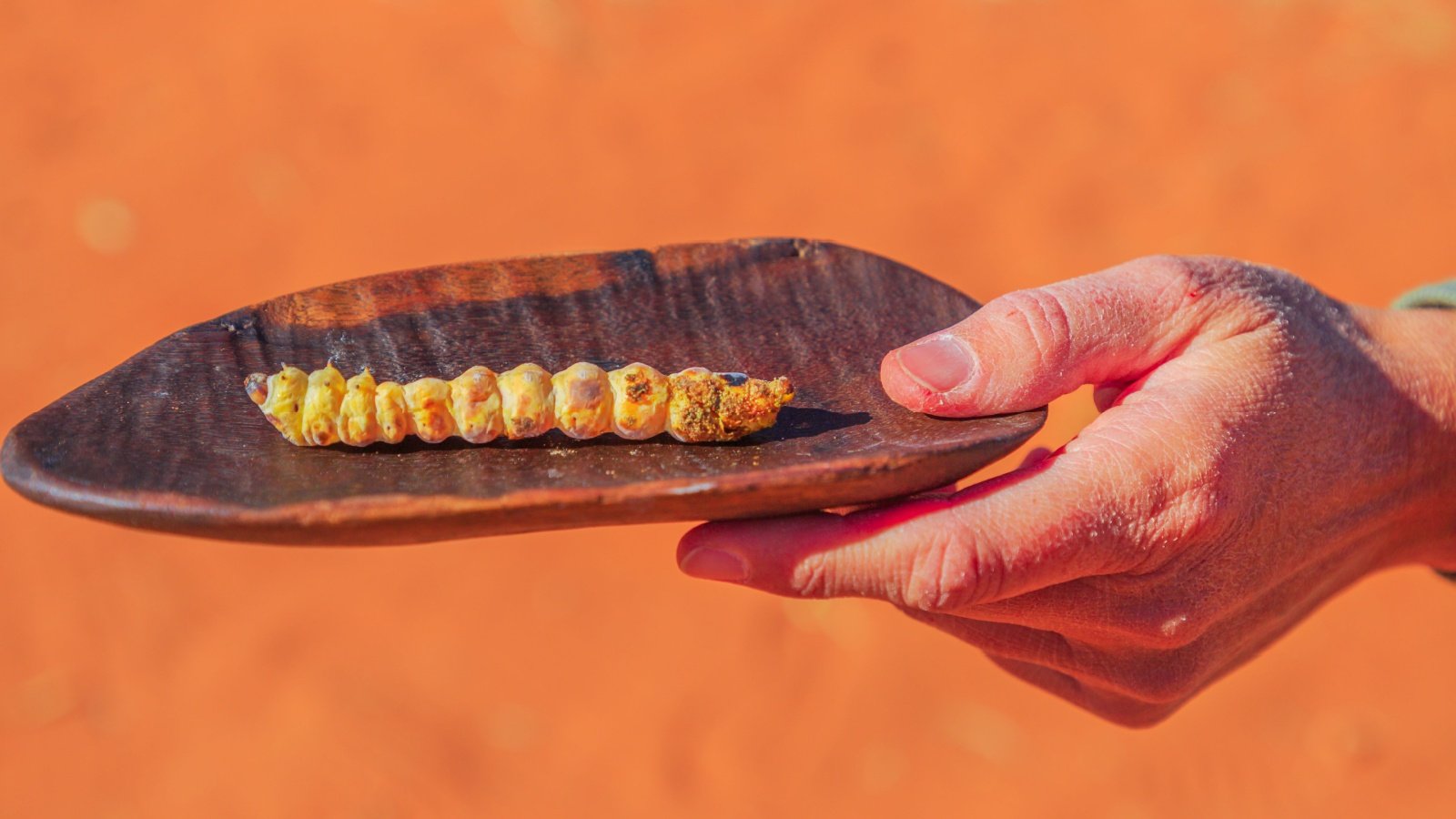
Indigenous Australians have eaten witchetty grubs for centuries. These large, white larvae of the cossid moth are found in the roots of witchetty bushes. They are either eaten raw, providing a burst of almond-like flavor, or lightly cooked in hot ashes.
Termites in South America
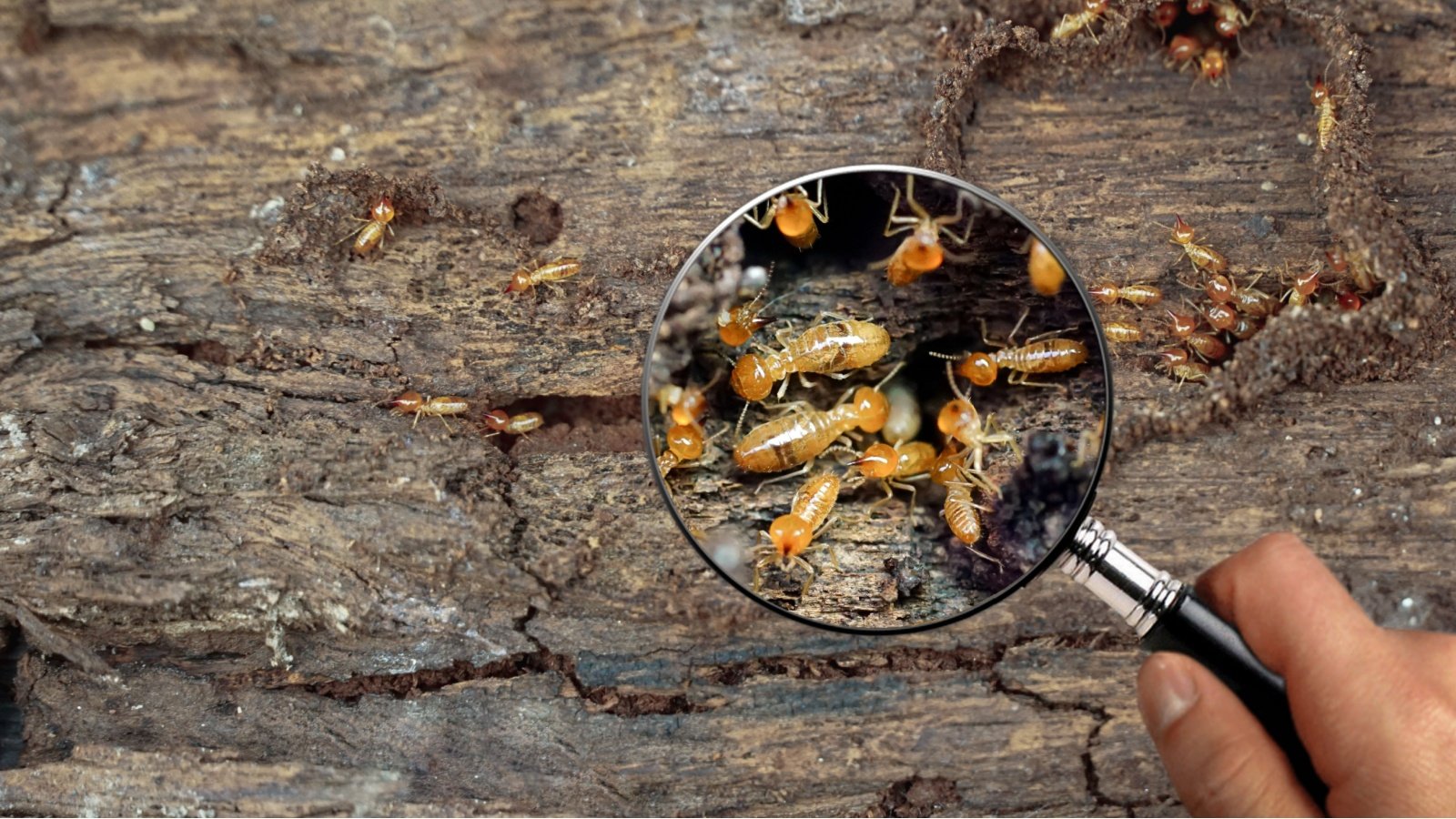
In parts of South America, particularly in the Amazon, termites are consumed for their high protein content. They are often eaten raw, directly from the nest, or fried until crunchy. Termites are said to taste like pineapple when raw and provide essential fats.
Hornets in Japan
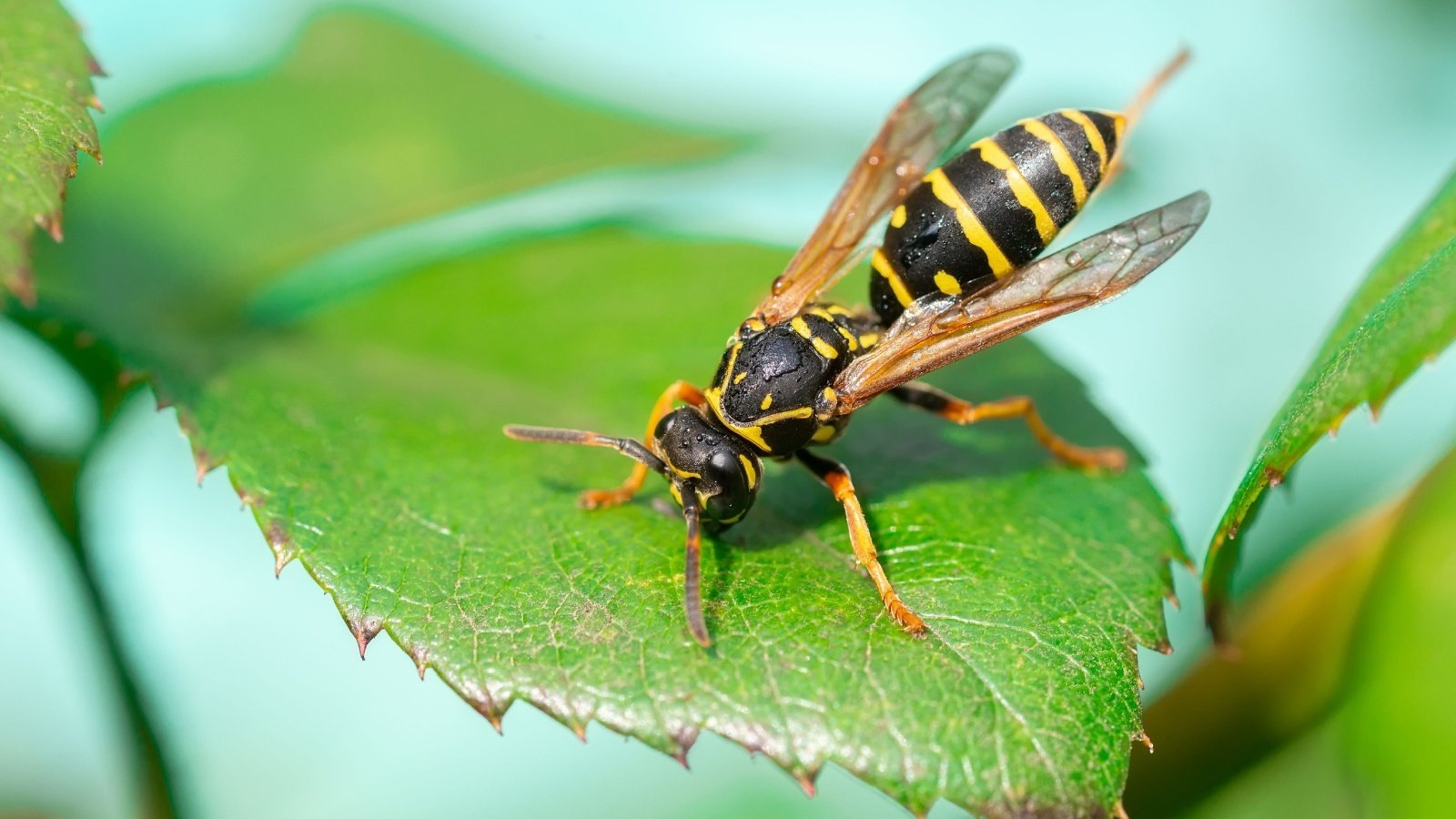
In rural Japan, hornets are cultivated and eaten in various ways, including deep-fried or as a savory addition to soy sauce. The larvae and pupae are considered the most delectable parts. Consuming these insects is not only a culinary tradition but also a way to challenge and delight the palate.
Bamboo Worms in Thailand

Bamboo worms, or rot duan, are a common snack found in markets across Thailand. These larvae of the moth that feeds on bamboo are deep-fried to a golden crisp and seasoned with salt. They offer a mild, somewhat sweet taste and are often enjoyed with beer.
Sago Grubs in Papua New Guinea
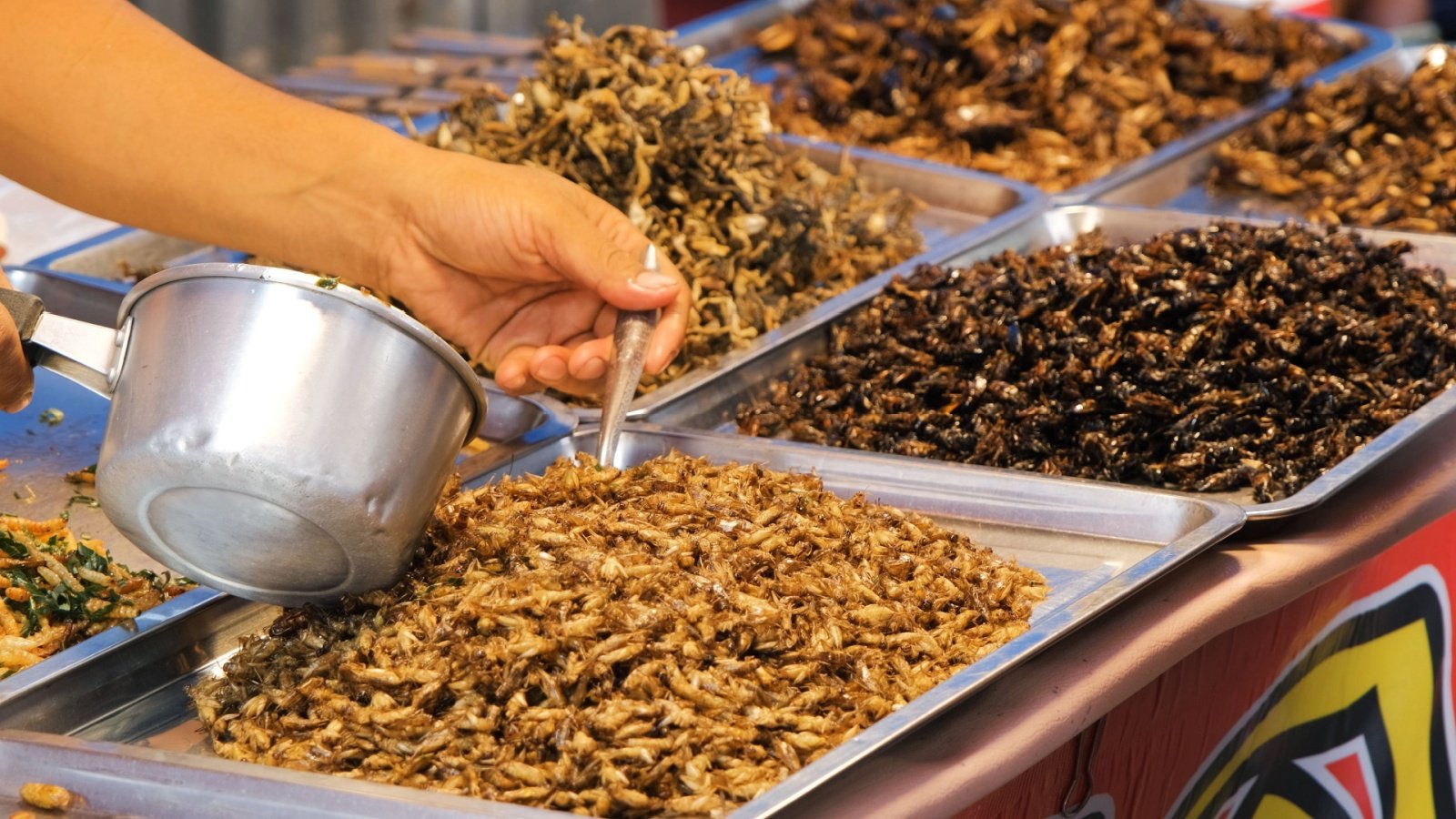
Sago grubs are a staple in the diet of many Papua New Guineans. These larvae of the sago palm weevil are rich in protein and considered a delicacy. They can be eaten raw or cooked, tasting like bacon when fried.
Crickets in Cambodia
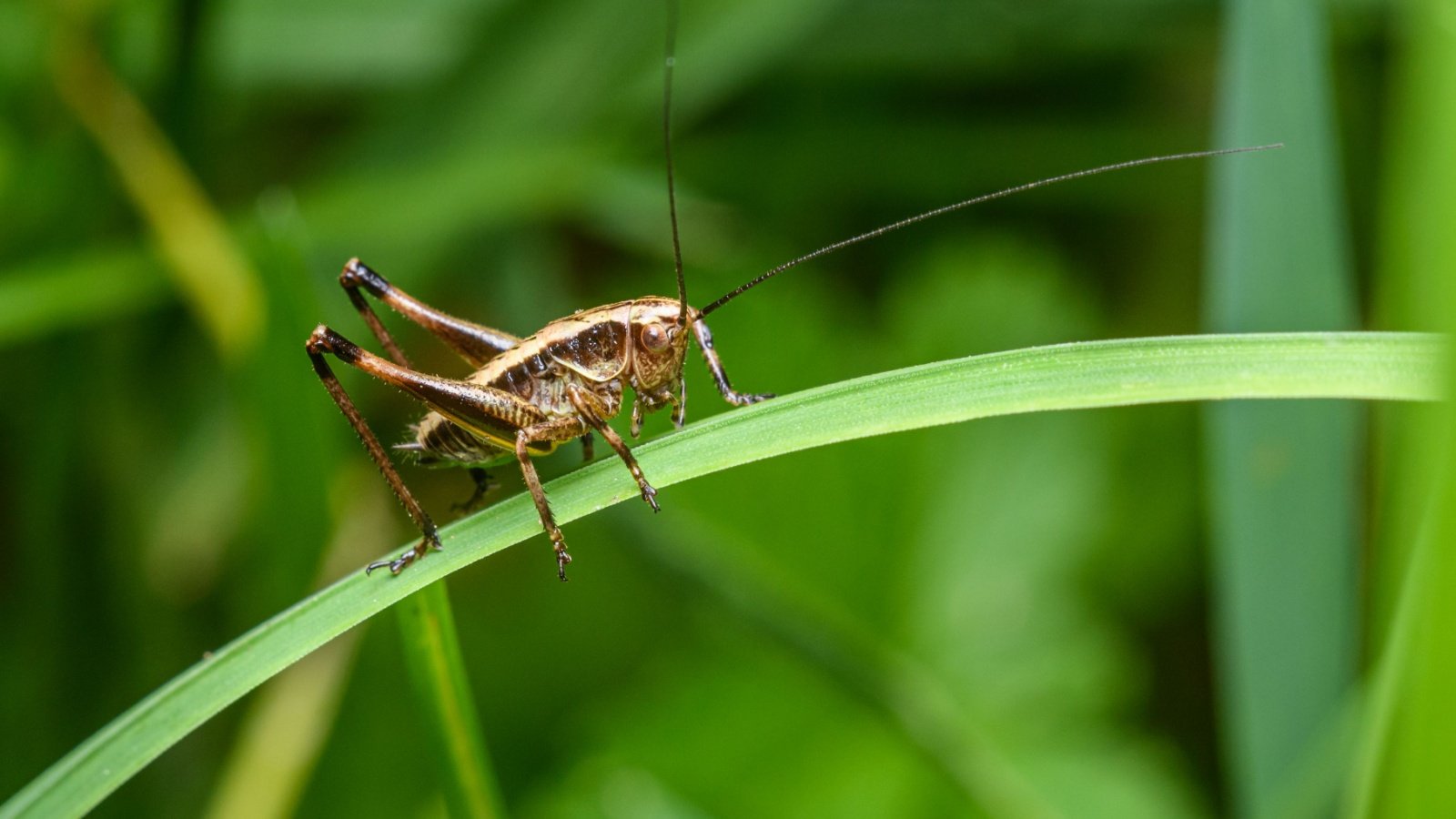
In Cambodia, crickets are another popular edible insect, often fried and seasoned with garlic and salt. These crunchy snacks are sold in street markets and are known for their high protein and low-fat content. Eating crickets is not only a culinary experience but also an environmentally friendly protein source.
Ant Eggs in Mexico

Known as escamoles, ant eggs are considered the “Mexican caviar” and are highly prized. They are harvested from the roots of agave plants and have a buttery, nutty flavor. Escamoles are typically sautéed with onions and spices and served in tacos.
Giant Water Bugs in Thailand
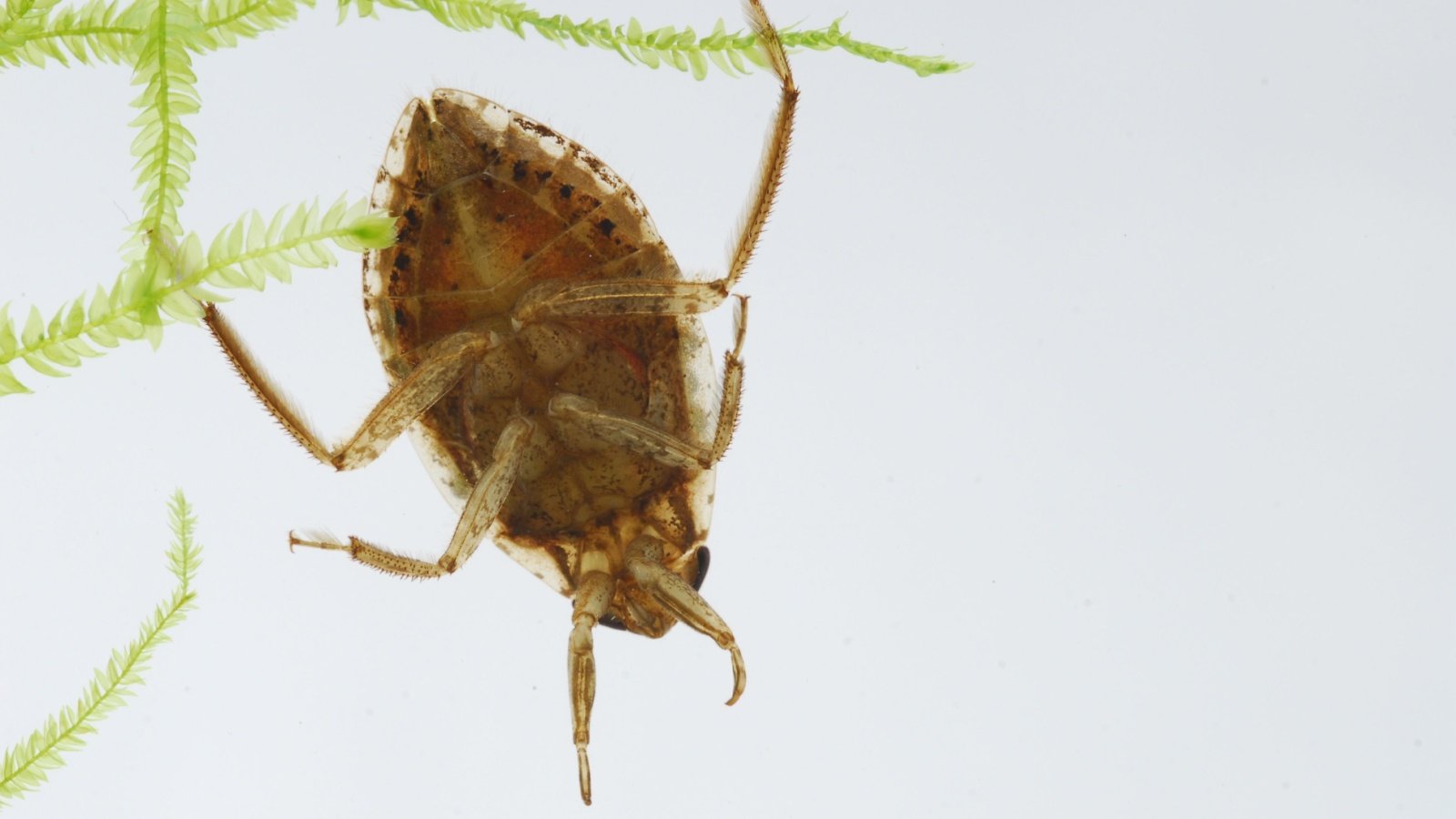
In Thailand, giant water bugs are used both as a food source and for their essence, which is extracted and used as a flavoring. These bugs are either steamed or fried and have a taste resembling salty apples. They are often ground into a paste and added to chili sauces.
Stink Bugs in Africa
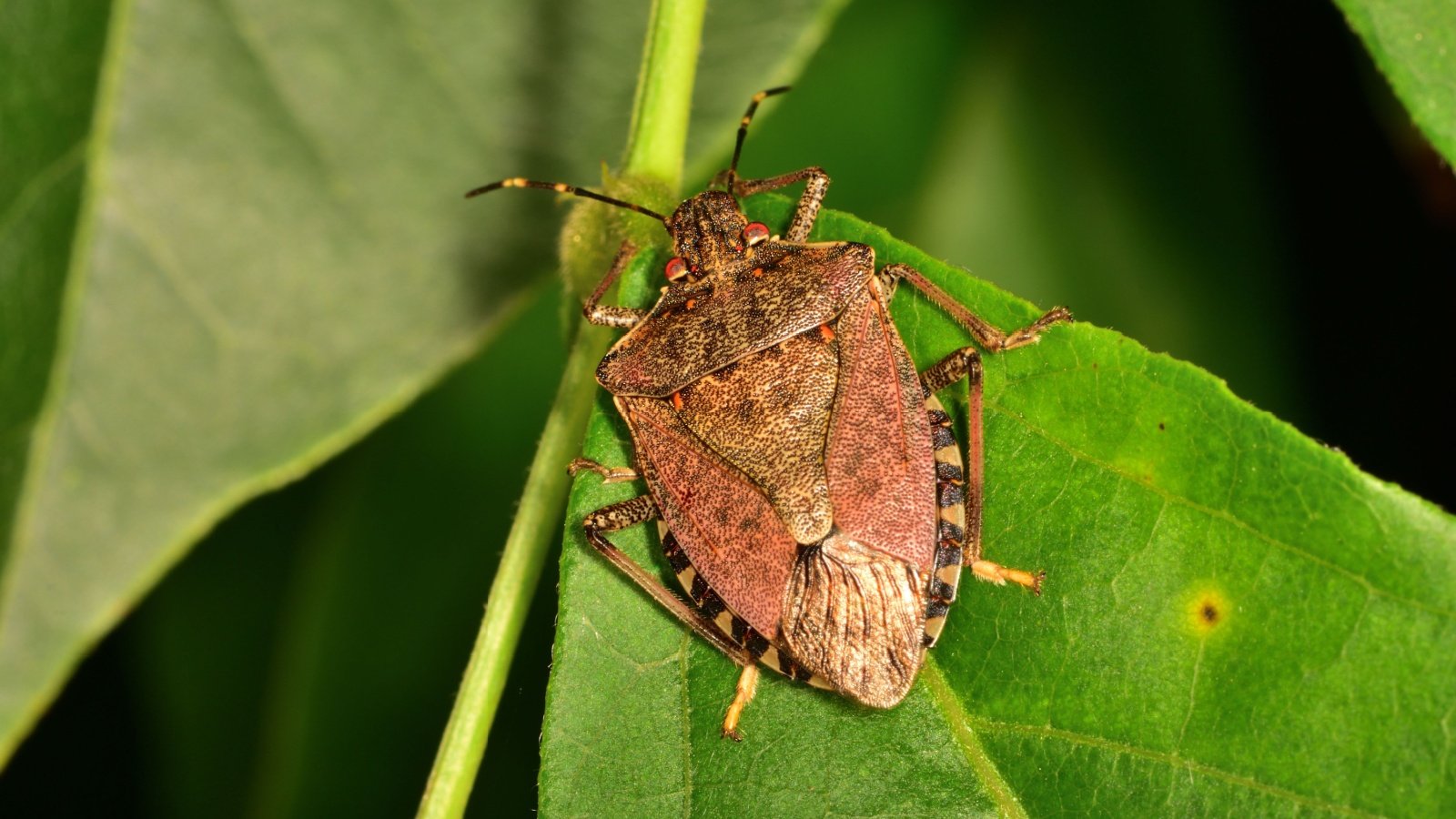
In some African cultures, stink bugs are collected before they emit their notorious smell. These bugs are either eaten raw or cooked, and they are known to add a tangy addition to sauces. Some believe that eating these bugs can help prevent or cure sickness, attributing medicinal properties to them.
Locusts in the Middle East
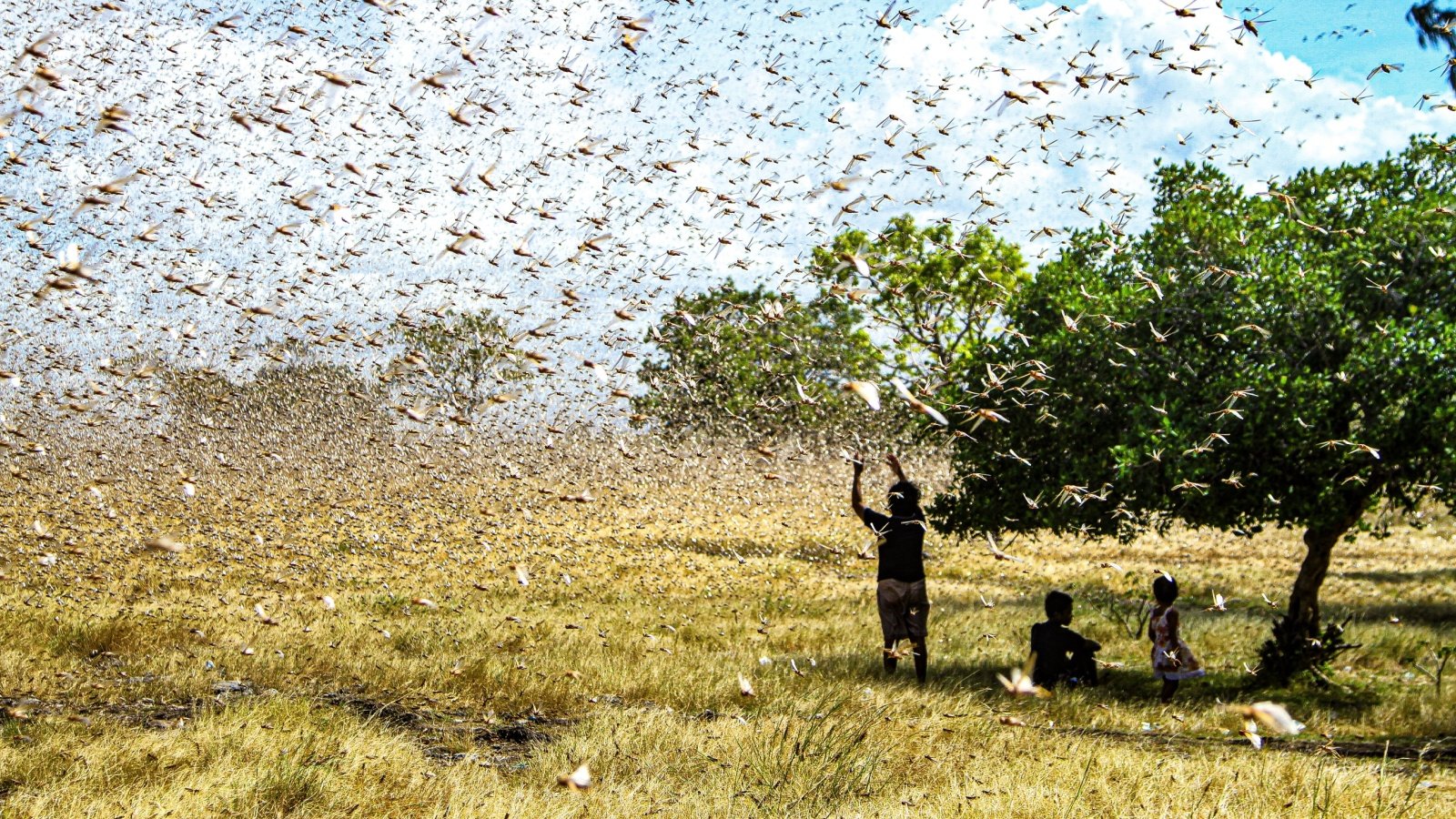
Locusts have been eaten throughout history in the Middle East, particularly because they swarm in huge numbers and are easy to catch. They are commonly fried, smoked, or dried and eaten as a protein supplement. Locusts are mentioned in several historical texts, including the Bible, as a food source during times of famine.
June Beetles in North America

June beetles, or June bugs, are consumed by some Native American tribes. These beetles are typically roasted, and their crunchy texture is often compared to jerky. They are most commonly gathered and eaten during the early summer months.
Palm Weevils in Africa
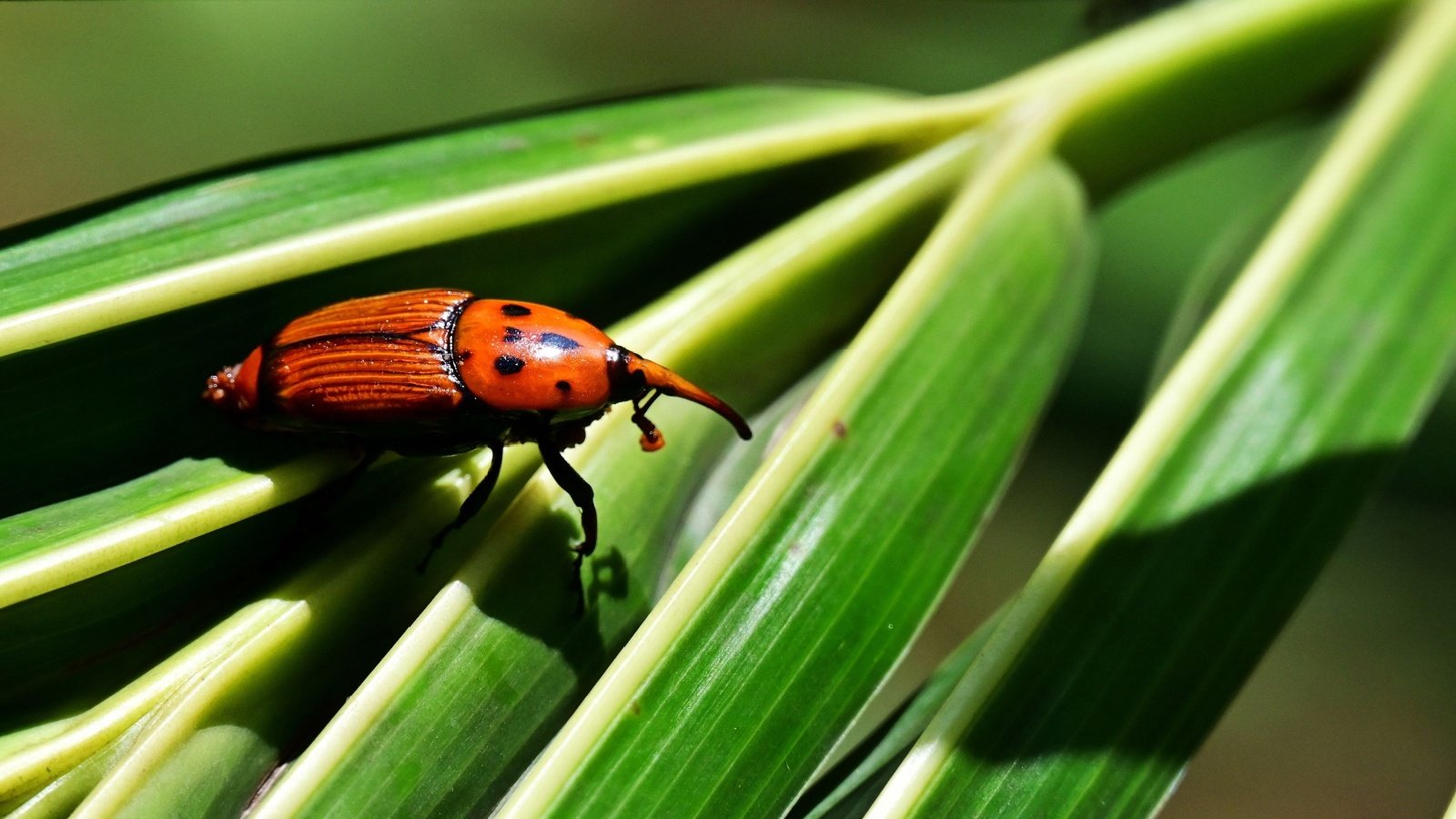
In many parts of Africa, palm weevils are regarded as a delicacy and an important dietary supplement. The larvae are usually boiled or roasted and have a meaty texture. Their harvesting and consumption are vital during times when other food sources are scarce.
Queen Termites in Africa
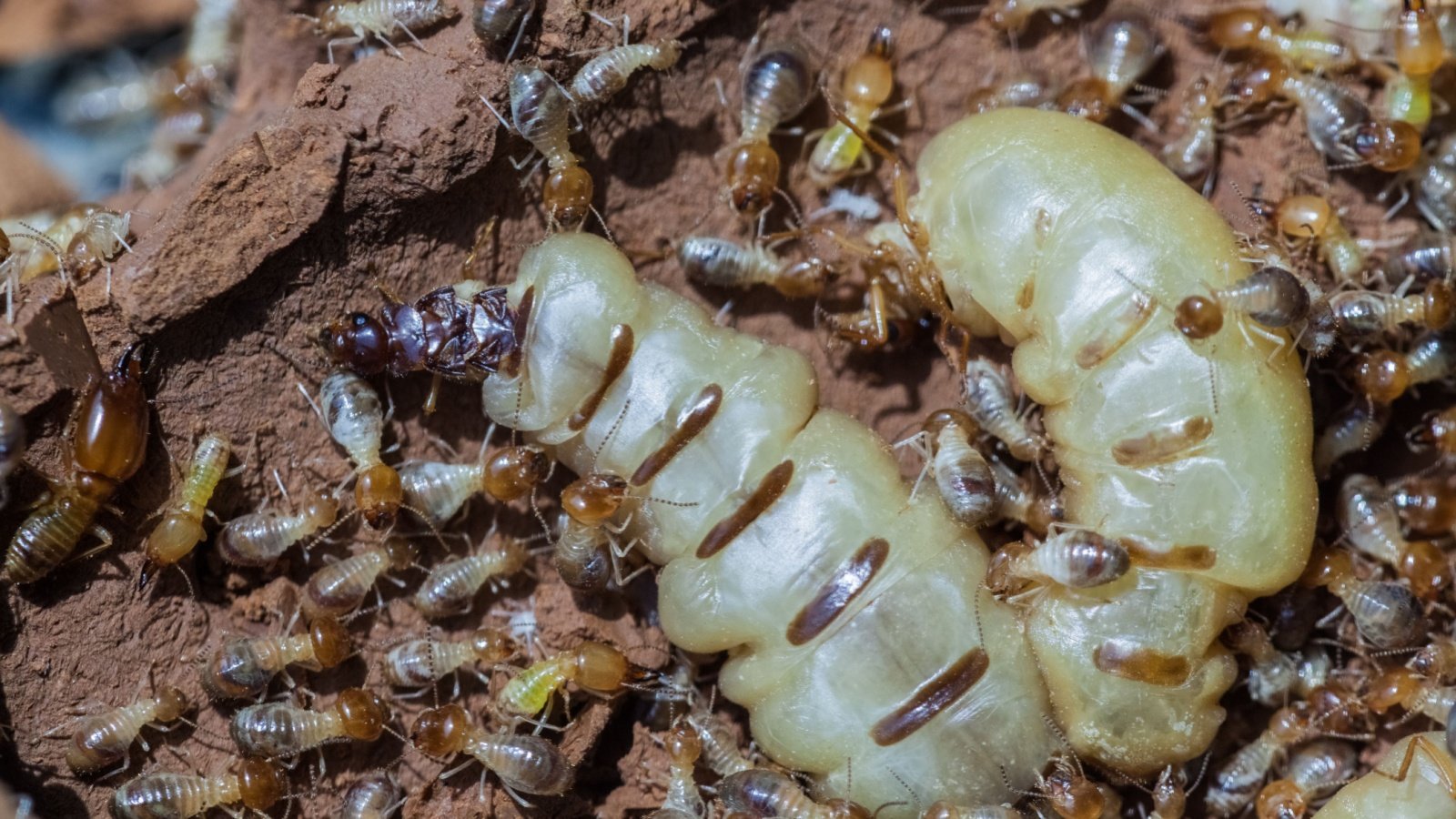
Queen termites are esteemed for their size and nutritional value across various African cultures. They are often fried or sun-dried and have a pleasant, slightly sweet taste. The harvesting of queen termites is a practice that helps control termite populations while providing a sustainable food source.
Scorpions in China
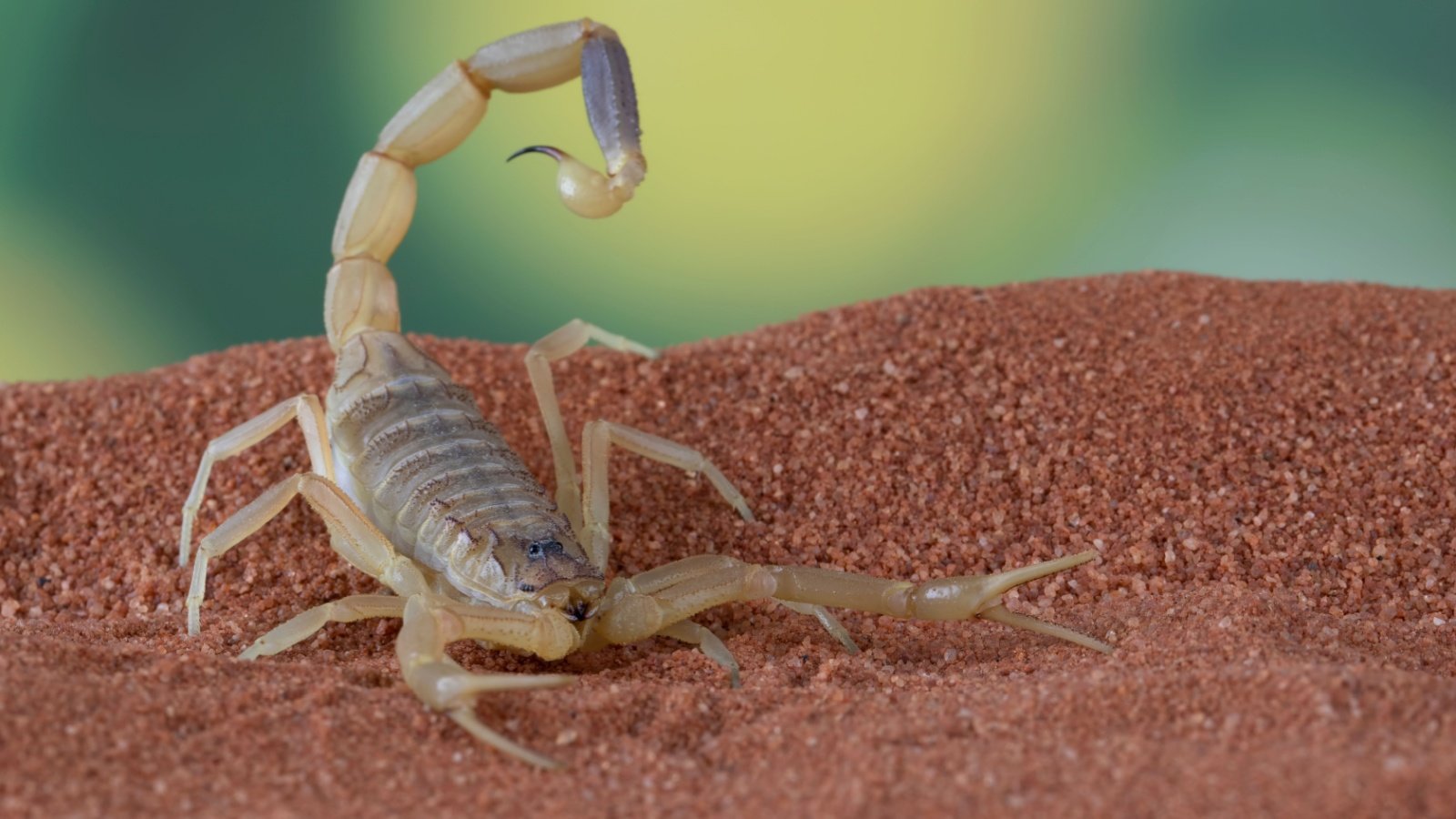
In China, scorpions are not only eaten but also used in traditional medicine. They are typically skewered and fried, believed to remove toxins and promote health. Tourists and locals alike often try them as a novelty at street food markets.
Cicadas in the United States
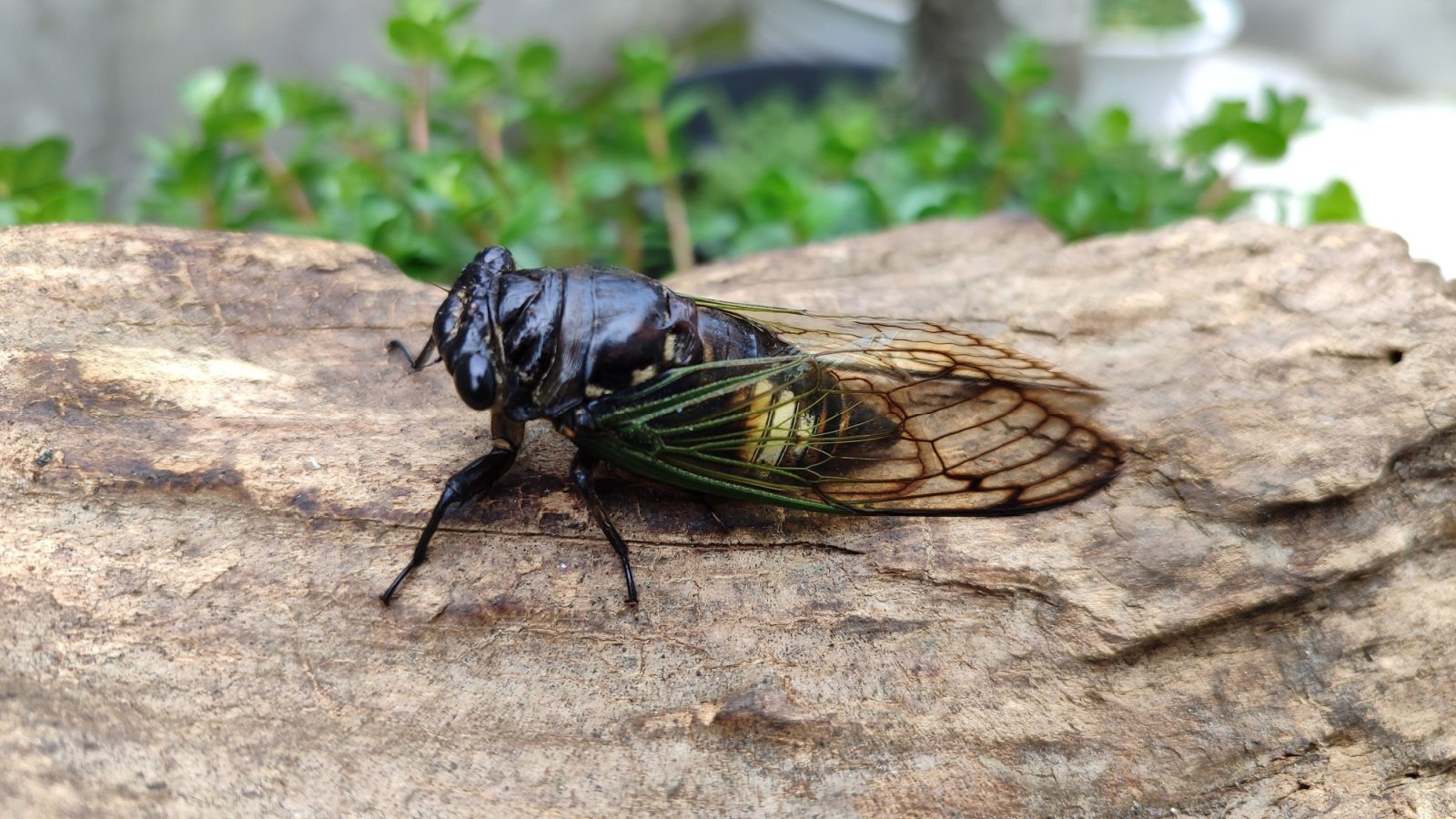
Every 13 or 17 years, cicadas emerge in vast numbers in the U.S., and some choose to eat these abundant insects. They are often boiled and then roasted, taking on a flavor similar to that of asparagus. Cicadas offer a chance to partake in a rare culinary event that also reduces the deafening noise they create.
Grasshoppers in Uganda
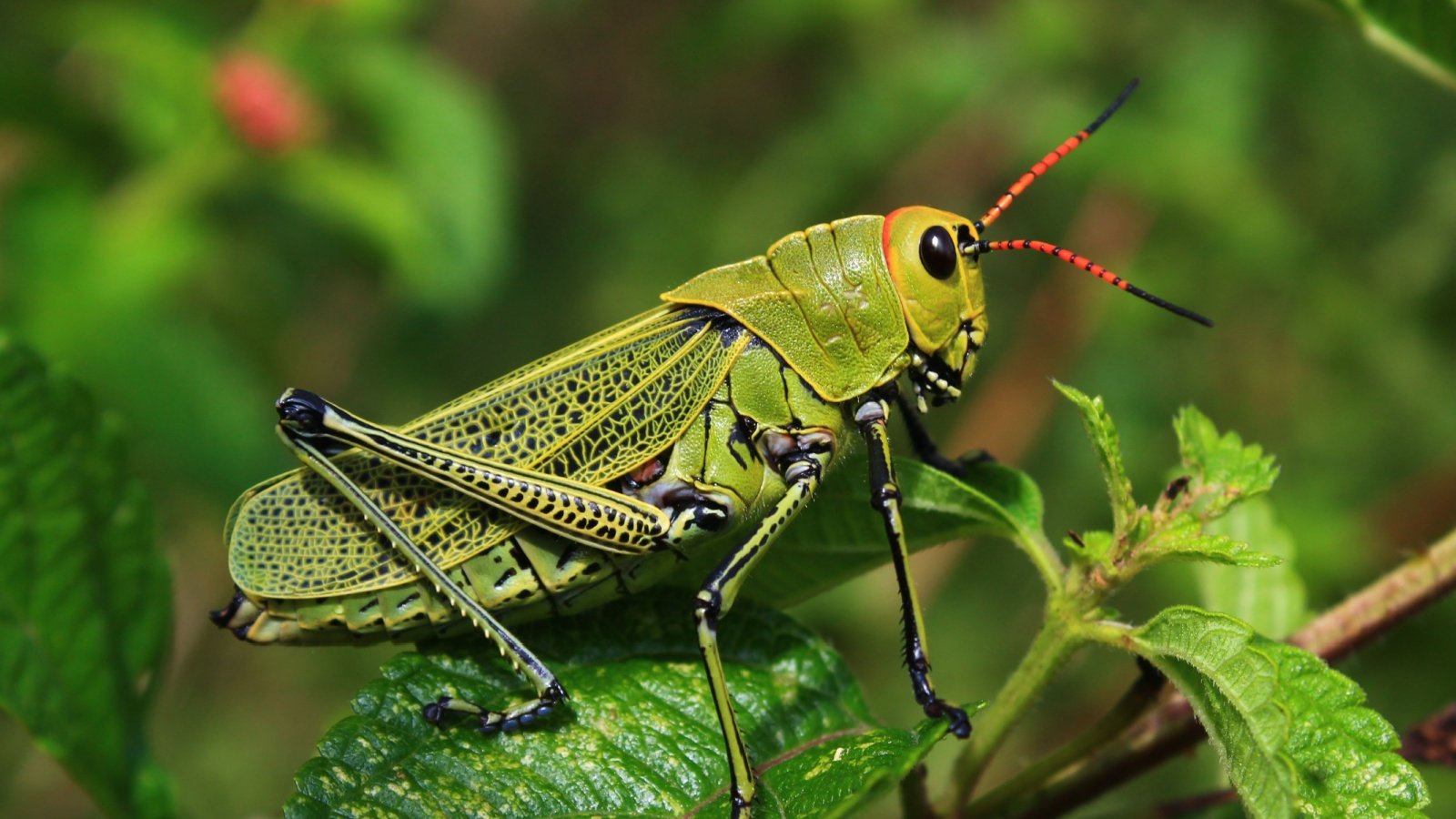
In Uganda, grasshoppers are a seasonal delicacy, eagerly anticipated and enjoyed by many. These insects are typically fried with onions and a pinch of salt and are a popular snack at social events and gatherings. Their consumption is not only a festive occasion but also a vital source of nutrients.
Agave Worms in Mexico

Agave worms are found in the roots and leaves of the agave plant and are particularly famous for being included in mezcal bottles. When cooked, they are said to have a flavor similar to fatty chicken. These worms are not only a source of protein but also a significant part of cultural heritage in Mexico.
Mealworms in the Netherlands

In the Netherlands, mealworms are gaining popularity as a sustainable protein source. These worms are often used in ground form as an ingredient in burgers and snacks. Their nutty flavor and versatility make them an appealing alternative to traditional meats.
Dragonflies in Indonesia
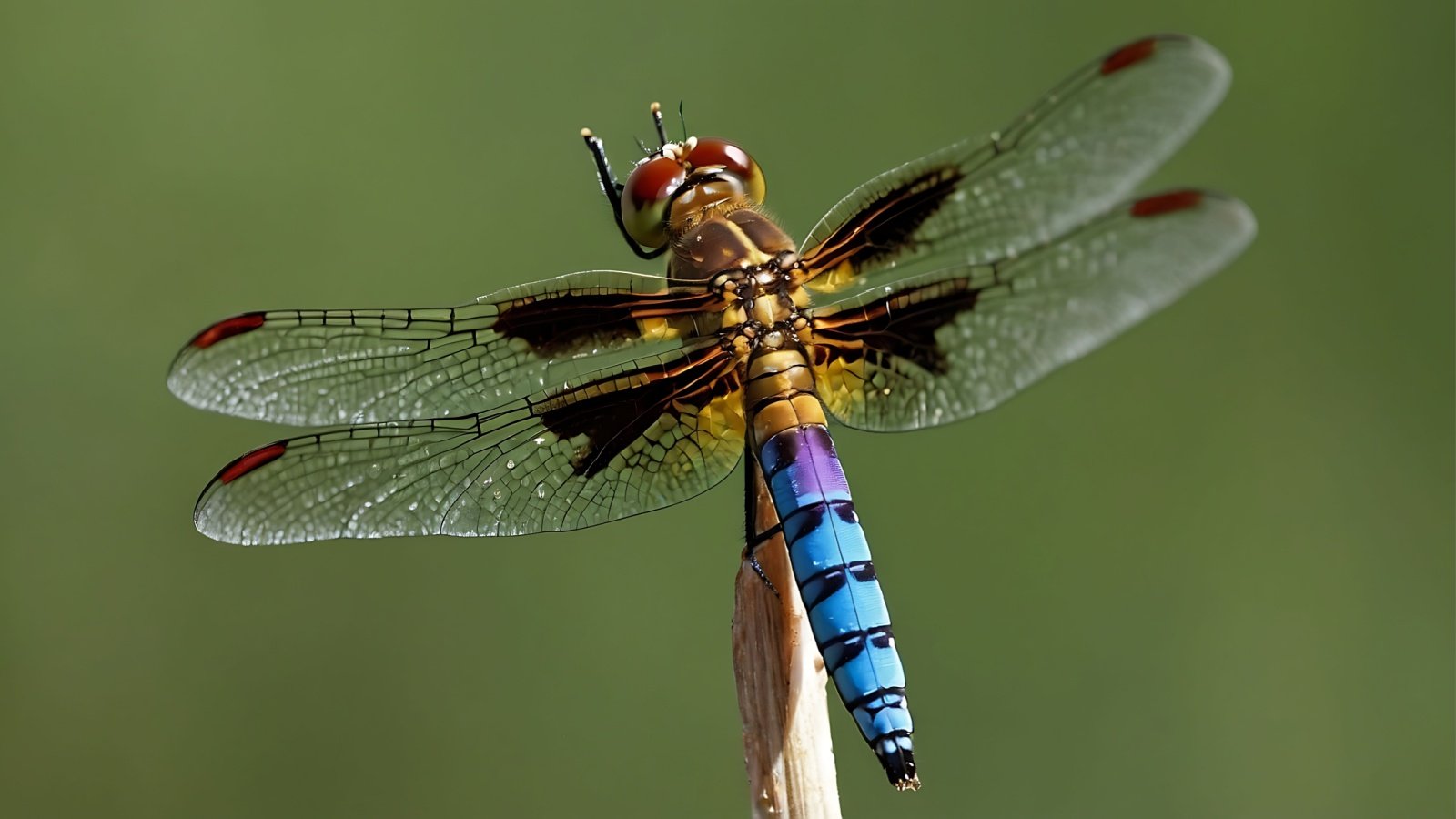
In Bali, dragonflies are caught, boiled, and then grilled for consumption. They are often skewered and seasoned with coconut and spices, offering a unique, slightly crunchy texture. This traditional dish is rooted in Balinese culture and offers insights into the island’s culinary diversity.



